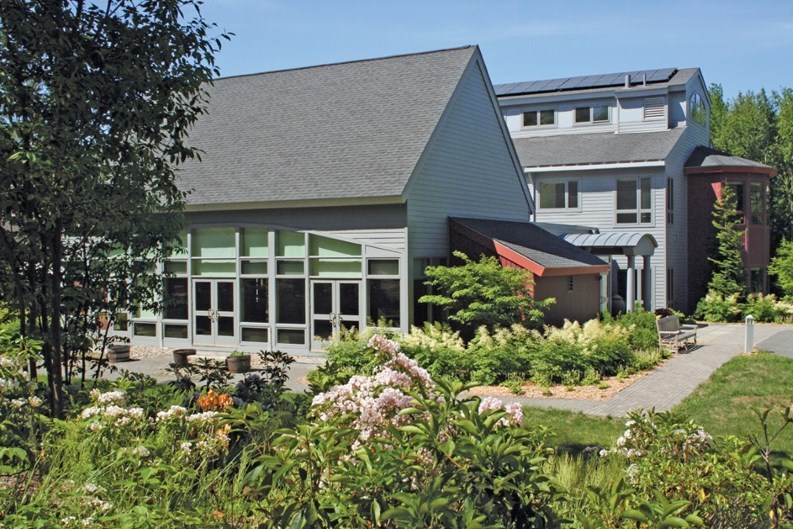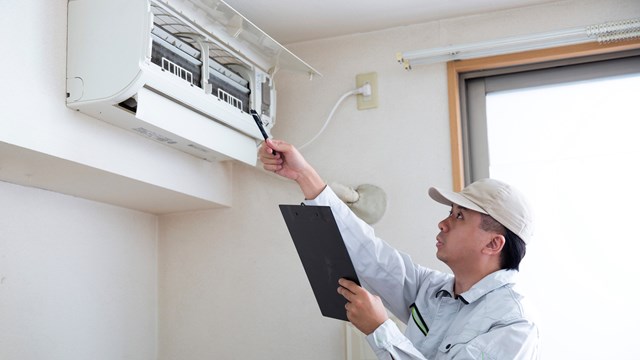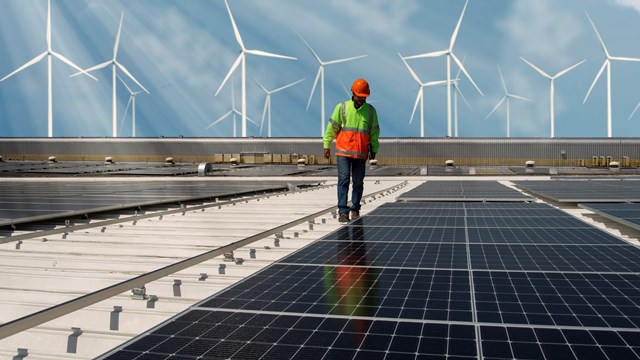The buzzword in energy today is “sustainability.” More than the installation of the sexiest new technology, sustainability is a melding of renewable energy and energy efficiency. It’s a blend that forms the foundation of the Northeast Sustainable Energy Association (NESEA).
For more than three decades, NESEA has “supported and inspired” a burgeoning network of professionals who are dedicated to the widespread acceptance and use of sustainable energy in the northeast. Through NESEA, architects, engineers, educators, builders, energy consultants, renewable energy manufacturers and installers, facilities managersand planners have come together in the effort to bring healthy, efficient buildings and transportation systems powered by clean, renewable energy into everyday use.
Unlike many organizations that target specific industry groups, the Greenfield, Massachusetts–based NESEA has found that the diversity of its membership – and the collaboration that develops from that diversity –is the key to its success.
Members Set Standards
“Our role is to support the professionals who are involved in making ourbuilding stock more energy-efficient and in optimizing the use of renewable energy,” says Jennifer Marrapese, NESEA executive director. “We’re a group of practitioners who work at a very high level; NESEA members sort of set the standard for sustainable building and renewable energy solutions.” In contrast to many energy-related groups, she notes, “NESEA is less about public education and consumer outreach/advocacy, and more about supporting professionals interested in adopting sustainable energy solutions in their practice.”
A chapter of the American Solar Energy Society, NESEA was launched in 1974 with a focus on solar energy. Known at that time as the New England Solar Energy Association, the group held conferences, published a news-letter and became a network of people interested in technological developments, market trends, and governmentpolicies related to energy consumption. In the 1980s, as NESEA banded with similar groups throughout New York and the Mid-Atlantic states, the expanded organization morphed into the Northeast Sustainable Energy Association.
For many New England residents, NESEA in those early years became best known for its annual American Tour de Sol, a demonstration and championship race of solar-powered vehicles. In fact, the Honda Insight – America’s first gasoline-electric hybrid vehicle –was the official pace car for the 2000 road rally, which was touted by the car manufacturer as “pitting the country’s cleanest-running, most fuel-efficient cars, trucks and buses in a 250-mile event from New York City to Washington, D.C. during Clean Air Week.”
And for many junior high school students throughout the northeast today, NESEA brings to mind the Junior Solar Sprint, a model solar car competition that emerges from their education in solar energy, math and physical science.
But there’s more to NESEA than sun-driven cars.
The group’s annual Building Energy Conference, sustainability seminars and workshops, and an online forum have established it as an information and education clearinghouse for people working in the sustainable energy arena. Beyond those programs, its chapters located throughout the 10 northeastern states – like the Maine Solar Energy Association and the Cape & Islands Renewable Energy Collaborative – hostadditional events for professionals.
Annual Open House
And while NESEA is not a consumer-oriented organization, its annualGreen Buildings Open House Tour [see sidebar], is designed to encourage and educate owners of residential and commercial buildings about sustainable energy at a practical level. This year’s event, scheduled for October 2, includes a broad range of buildings, from a converted school in Buffalo, New York that now encompasses apartments, commercial space and a daycare center, to a concrete earth-sheltered home in Chester, Massa-chusetts, and a commercial motel in Franconia, New Hampshire.
“The wonderful part about the tour is that people hear what [the property owners] are happy about, what they might do differently in the future,” Marrapese says. “Studies show that consumers are more likely to implement these concepts if they hear about them from another consumer they trust rather than hearing a sales pitch.”
NESEA’s own headquarters is a model for buildings owners looking to update their facilities; it’s currently in the midst of a multi-year program to upgrade the energy efficiency of its building and generate clean renewable power on site. The association’s website catalogs the work that’s been done –and the work to come:
Solar Power. NESEA has two solar arrays powering its building totaling 3.425 kW of electrical power. Roughly1.425 kW is tied directly to the grid, with the remaining 2.0 kW charging a battery back-up system. In 2008 NESEA installed an energy monitoring system that monitors daily power generated as a percentage of total electrical power used.
Lighting. NESEA replaced all lighting throughout its building in 2008 with high efficiency ballasts and fluorescent lighting. Also in 2008, NESEA contracted to install a Honda Hydronic Freewatt co-generation system that would enable the building’s heating system to generate electrical power when the building is heated. This co-generation system would provide 5,000 kWh of electrical power. Unfortunately, the installation of the system was blocked by the local utility on the grounds that it would generate too much electricity and interfere withthe utility's switching systems on the circular grid in place in downtown Greenfield.
Computers and Appliances. In 2007, NESEA instituted a program of replacing traditional computer CPUs with remote terminals hooked directly to a server. The result is a significant drop in the plug load. [NESEA is] currently upgrading traditional computer monitors with flat panel screens to further reduce energy consumption.
Space Heating Upgrades. In 2006, NESEA replaced its traditional boiler with a high efficiency, low-temperaturePeerless gas steam boiler.
And to generate interest for others to step up to the sustainability plate, NESEA conducts a “search for the best building in the northeast that captures as much energy as it consumes” – and rewards the winning entry with a $10,000 Zero Net Energy Building Award. To be eligible for the award, buildings must be occupied and document net-zero energy use for one year. The competition is open to occupied buildings in the Northeast –the six New England states plus New York, New Jersey, Pennsylvania, Delaware and Maryland.
“The idea of zero energy,” Marrapese says, “is easily defined, readily understood, and measurable. It has capturedthe public imagination in a way that more abstract concepts of energy efficiency and building performance never have. “
Demonstrating that everyone can get into the sustainability game, the association’s guidelines for the award note that “applicants with smaller renewable energy conversion systems coupled to more efficient buildings with reduced loads and elegantly-conceived system designs will be favored over what might be termed ‘brute force’ solutions – ones that rely principally on sufficiently-sized solar arrays or wind turbines (assuming these to be the most likely on-site generators of renewable energy) to overcome conventional building loads.”
The 2010 winner was The Montague Urban Homestead, a LEED Platinum single-story, single-family home located on a 14,000-square-foot lot in the small town of Turners Falls, Massachusetts. In announcing the winning entry, NESEA said, “The judges awarded the Montague Urban Homestead first place based largely on the fact that the owners and builder were able to achieve an extremely high degree of energy efficiency at a very modest cost. Completed in 2008, this 1,152-square-foot home, with three bedrooms and one bath, cost approximately $180,000 to construct. From January 1, 2009 through January 1, 2010, it generated 2.5 times as much electricityas it used, sending a net surplus of 2,933 kWh back to the grid.”
While fostering an environment for professionals to network, attend seminars and workshops, and increase their knowledge about current energy issues, NESEA is also looking to the future. The organization provides curriculum ideas for schools, covering topics ranging from solar and wind power to transportation and air quality.
Information about the association’s programs, along with links to resourcesfor industry professionals and a directory of providers of a host of energy services can be found at the NESEA website, www.nesea.org.
Pat Gale is the associate editor of New England Condominium magazine.







Leave a Comment